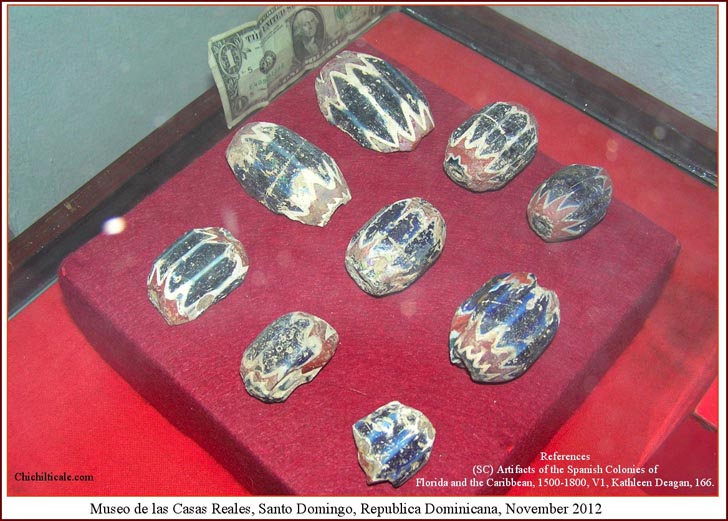

Columbus reached modern-day Haiti from the northwest in December 1492. There his slow and clumsy flagship Santa Maria grounded on a reef and was lost. The native Arawak Indians came to the aid of the Spaniards and helped them remove the cargo, planks and timber from the doomed caravel and transport them to the safety of two houses owned by the Arawak chief. The Spaniards then constructed a fort, naming it La Navidad because it was Christmas. Columbus stationed thirty-nine Spaniards at La Navidad, then sailed eastward in the dependable caravel Niña, returning to Spain and a hero’s welcome.
Almost a year later, on 28 November 1493, aboard the Niña, Columbus arrived from the east at La Navidad. He found the fort burned and the Spaniards dead. The admiral returned toward the east on 7 December, confronting a headwind, tacking for twenty-five days before arriving at a place he must have seen from the Niña on two previous occasions. Atop an elevated bank of limestone on the north coast of Hispaniola, Columbus planted the first town in the Americas – La Isabela, named for the Spanish queen.

It was New Year’s Eve 1493 when Columbus landed at the site he named La Isabela. By 6 January 1494 the colonists had constructed a chapel, and there they memorialized the founding of America’s first European settlement. About 1500 men, but nary a single European woman composed the colony. Although other buildings were constructed, including a house for Columbus, the colony collapsed in less than four years – by the end of autumn 1497, La Isabela had been abandoned.



As a means for better understanding the most recent archaeological investigations at La Isabela, one should begin in modern-day Haiti at the site of Puerto Real. In 1975 medical doctor William Hodges discovered the ruins of Puerto Real, founded in 1503 and abandoned by 1578. The University of Florida learned of the discovery in 1978 and began excavations there in 1979; excavations ended in 1985. In 1982 Kathleen Deagan, who had been involved in the project since 1979, assumed the role of director from retiring Charles Fairbanks. Publication of the comprehensive results of the project appeared in 1995 in Puerto Real: The Archaeology of a Sixteenth-Century Spanish Town in Hispaniola, Kathleen Deagan, editor.



The first modern excavations at La Isabela occurred in 1983 by a team from the Museo del Hombre Dominicano. In 1987 the Dominican National Park Service (DNP) initiated a program devoted to the La Isabela site. Excavations began in 1988 and lasted through 1994. José Cruxent directed the excavations; Kathleen Deagan was a principal in the project, and others with experience at Puerto Real became involved. The knowledge gained at Puerto Real benefitted the excavations at La Isabela.






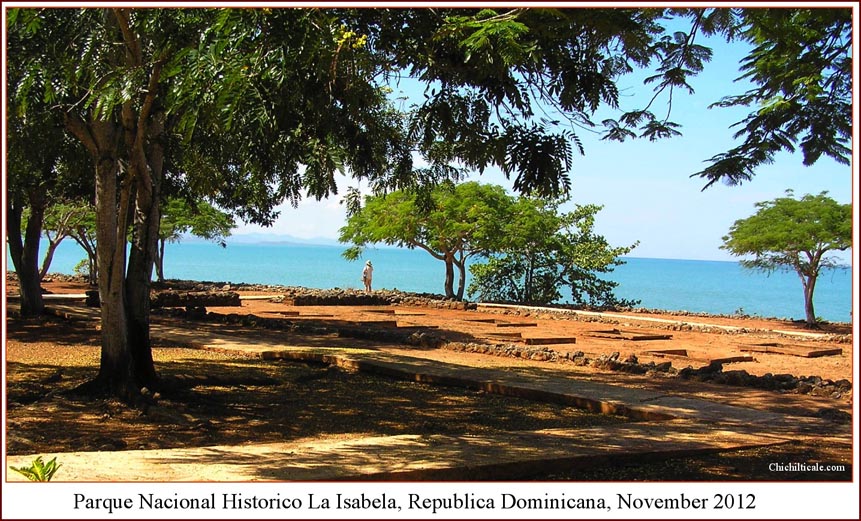



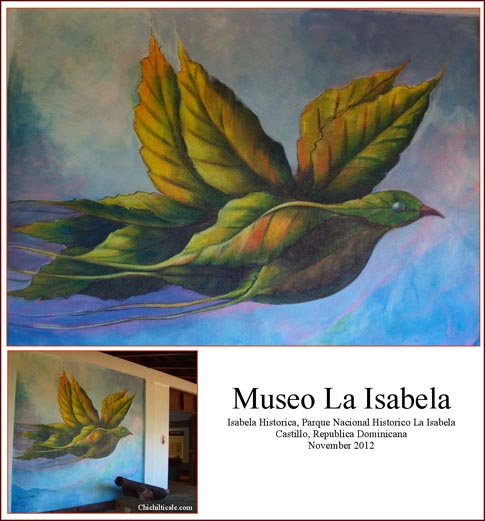













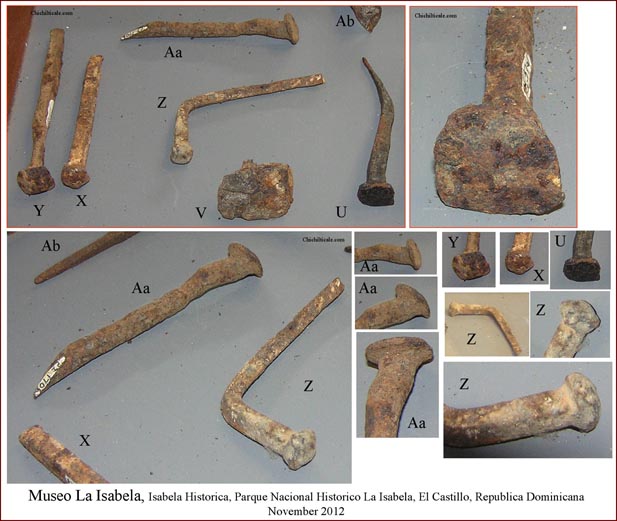

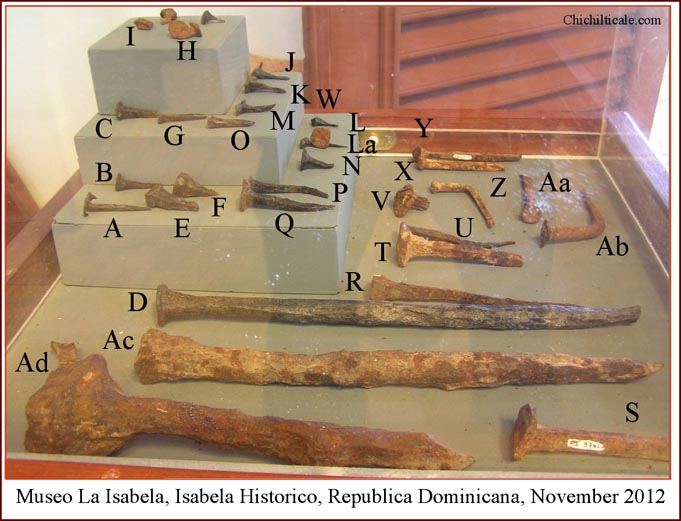
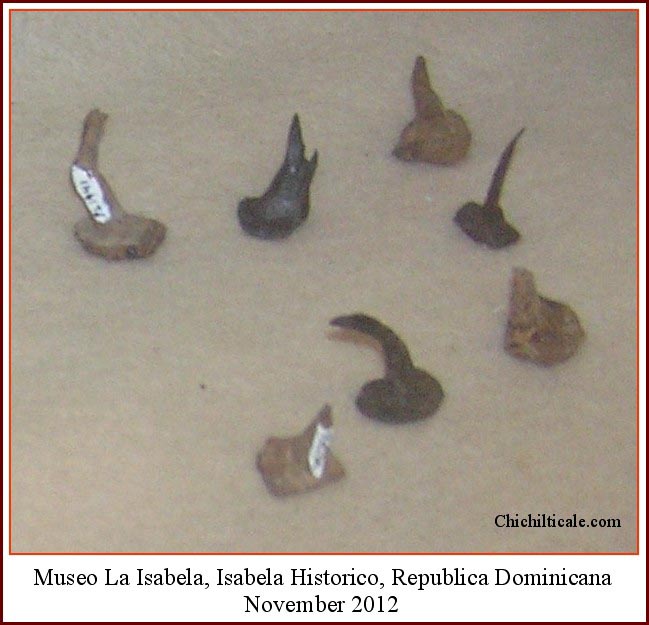
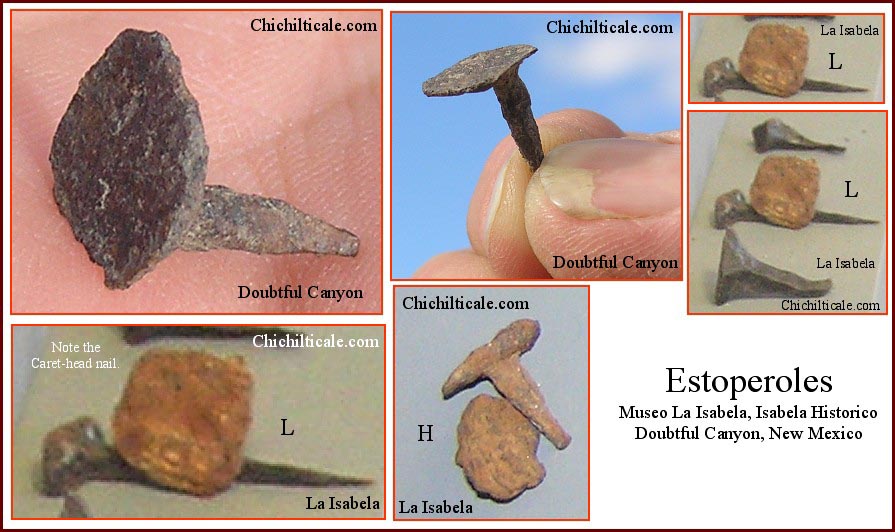
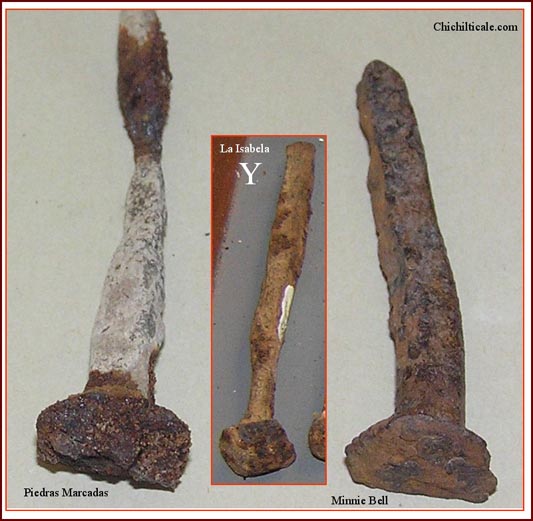

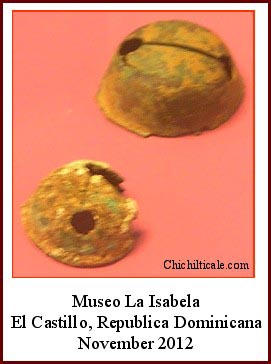






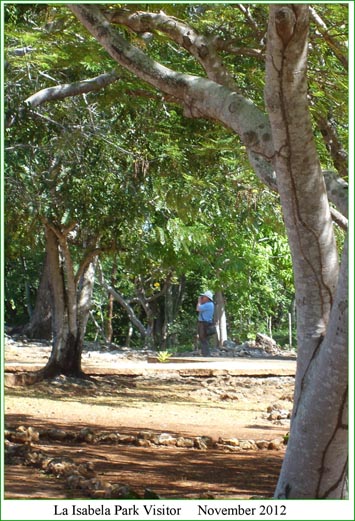

Less than two years after the birth of La Isabela, Columbus constructed a fort near modern La Vega, Dominican Republic. By 1498 this first fort had been moved a short distance and rebuilt, and a European town founded and named Concepción de la Vega. The settlement quickly grew as a boom town, but by 1540 the subsequent bust had driven away all but a dozen households. An earthquake in 1562 convinced even those few to leave, and the town was abandoned.


Between 1976 and 1994, archaeologists of the DNP excavated several areas of the ruins. In 1996, archaeologists from the University of Florida and the DNP began to survey the site and to catalogue the hundreds of thousands of artifacts gathered by the DNP. This process was completed in 1999, when all the artifacts had been curated. Kathleen Deagan played a principal role in the project.












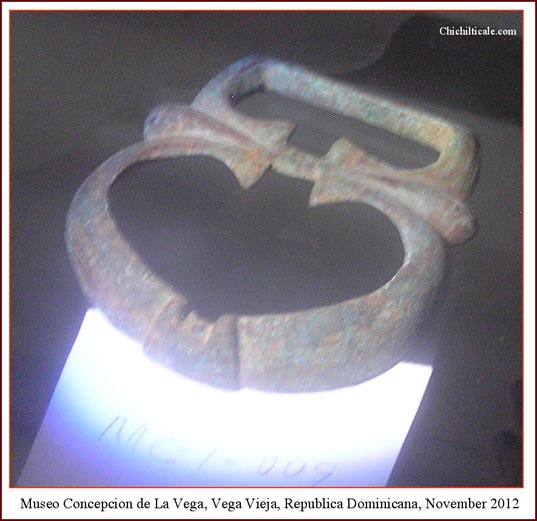










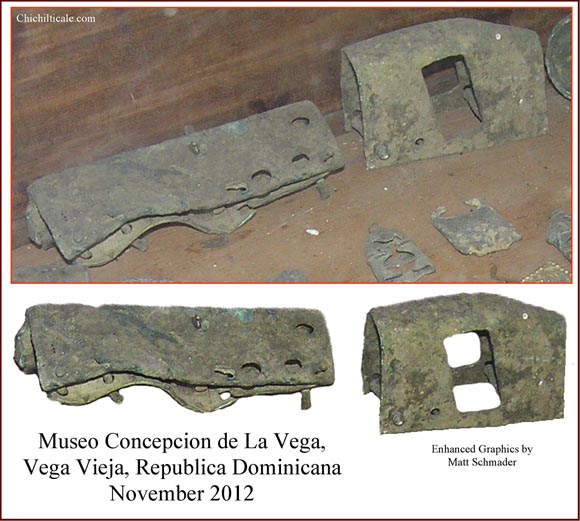



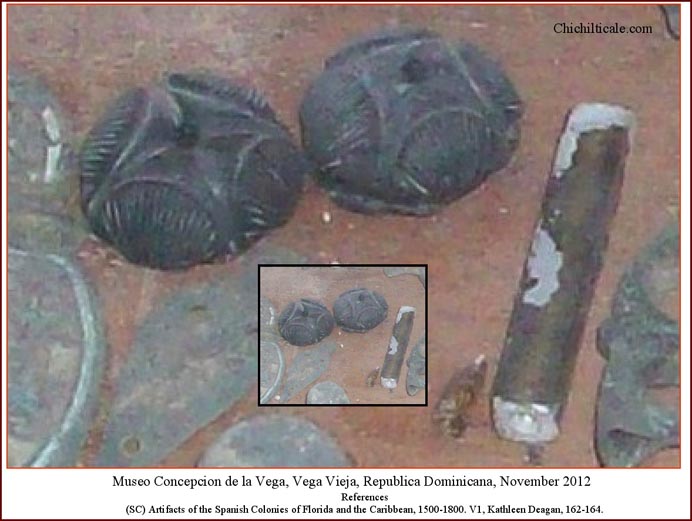
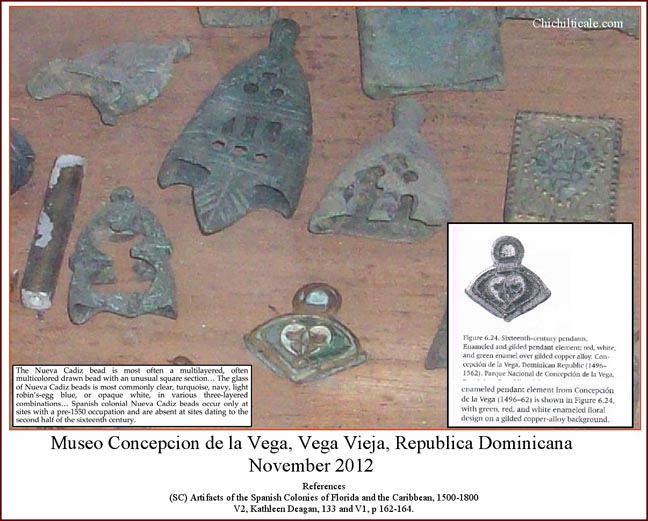





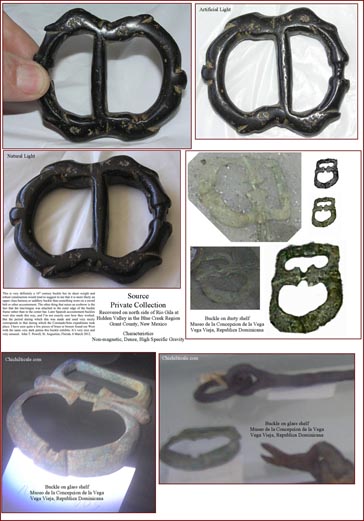


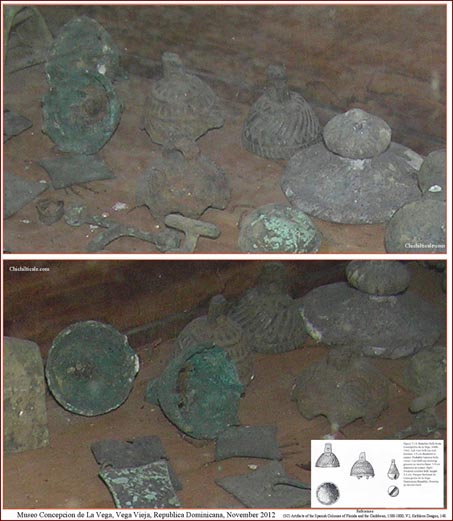




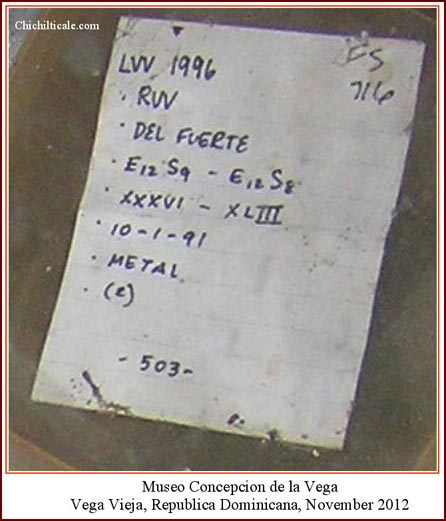
Prior to March 1496 Columbus had decided to abandon La Isabela. He had received word from his brother Bartolomé of gold in the south near modern-day Santo Domingo. The admiral ordered a settlement built there. Beginning in July colonists from La Isabela began moving to the east bank of the Río Hocama (Ozama) and Santo Domingo was born. Alas, the hurricane of 1502 destroyed the new town; it was rebuilt on the west side of the river, and it is modern Santo Domingo.
The museums of most initial interest to me were located in the Zona Colonial on the west bank of the Río Ozama.



